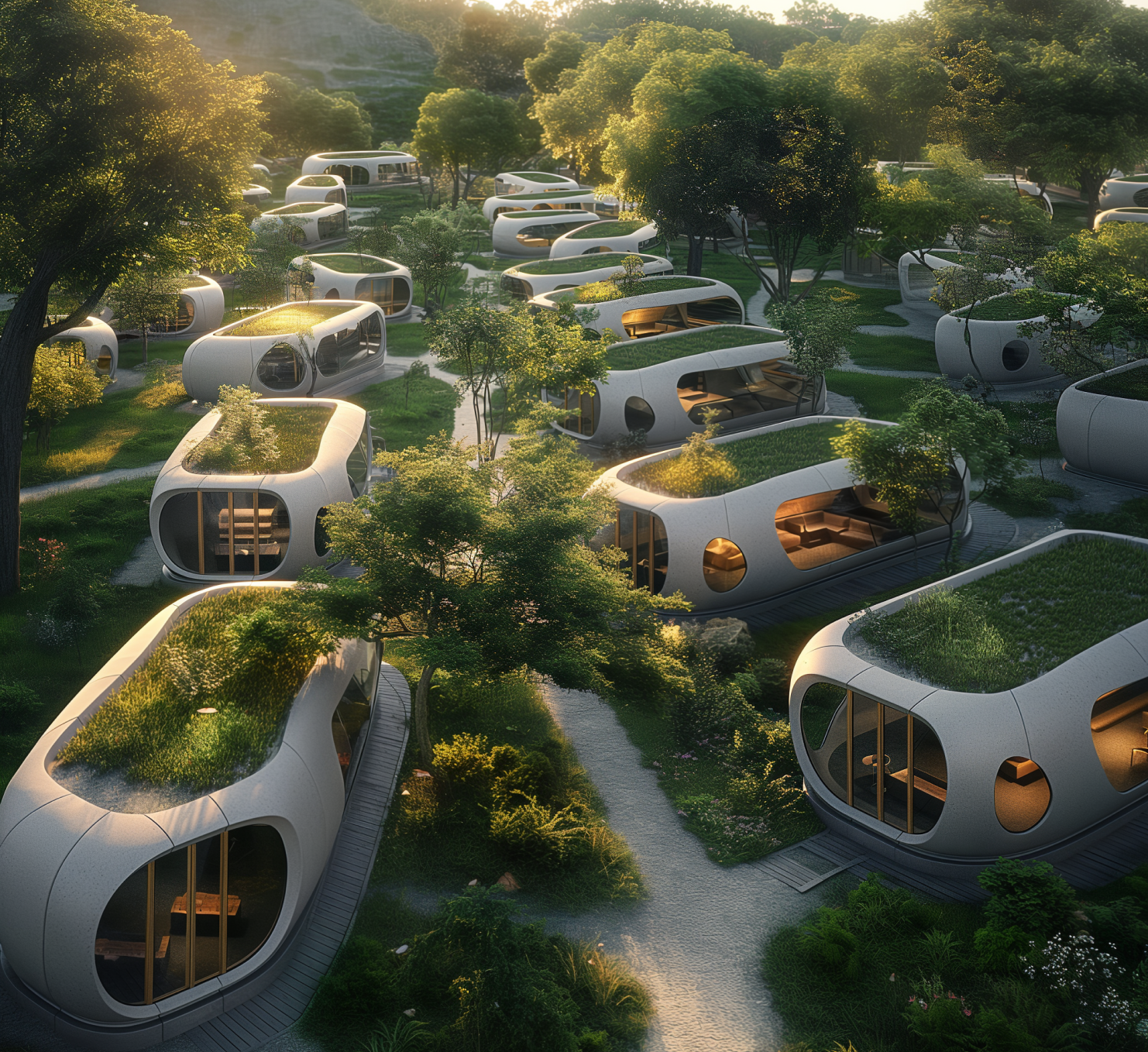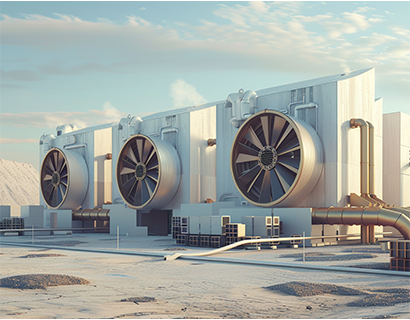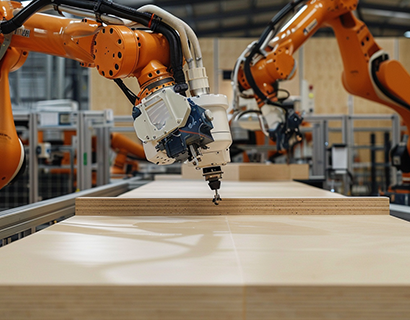Venus was once more Earth-like, but climate change made it uninhabitable.
And our planet is on a same path.
Less than one billion years ago, the climate dramatically changed due to a runaway greenhouse effect. It can be speculated that an intensive period of volcanism pumped enough carbon dioxide into the atmosphere to cause this great climate change event that evaporated the oceans and caused the end of the water cycle. Currently our emissions are 36 billion mega tons, while vulcanic activities only generate 100 million megatons. We are Heading towards the Venusian scenario 360 times faster then it should be.





















